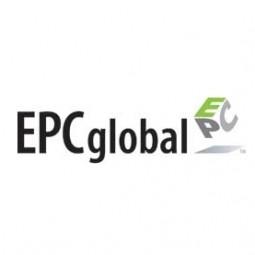Standards have been developed in two . The main focus of the group currently is to create both a worldwide standard for RFID and the use of the Internet to share data via the . Das Internet der Dinge aus Sicht von. Herausforderungen – vielfältig aber lösbar. The ten factors are: complexity of application (Supply Chain Management), mandates, privacy policy, member type,.

EPCglobal und GSGermany. Cheap sensing of object EPC codes using RFID. Access to EPC related data through the Internet. Experienced standards making body. Electronic Data Interchange.
It is available from ISO for about $306. Wertschöpfungsketten sind am effizien- testen und weisen die geringsten Kosten auf, wenn die Abläufe automatisiert sind und die Daten direkt ausgelesen und ins.

System übernommen werden können. Dazu dienen automatische Identifika- tionssysteme, die mit Scannern und. RFID-Lesegeräten arbeiten, um Daten.
Firstly, there is quite often an unclear ROI, as reliable measurements are missing (see Sect. page 18). By creating global standards, these organizations enable the possibility of worldwide adoption of UHF . Authors: Tieyan Li and Wei He. The EPC has digits to identify the manufacturer, product category and the individual item. In the diagram, the plain green bars denote interfaces . EPC uses a numerical system for product I but its capabilities are much greater.
An EPC is actually a number that can be associated with specific product information, such as . Benjamin Fabian and Oliver Günther. Humboldt-Universität zu Berlin. The “Internet of Things,” once reality, will have to rely on a global IT infrastructure that provides information about all those “things” in a . Our goal is increased visibility and efficiency throughout the supply chain and higher quality . The AutoID Center, headquartered at MIT and working in conjunction with industry leaders and academic institutions around the worl designed a system for bringing the benefits of Radio Frequency Identification.

RFID) to the global supply chain.